Home>Gardening & Outdoor>Landscaping Ideas>How Long To Water Your Grass
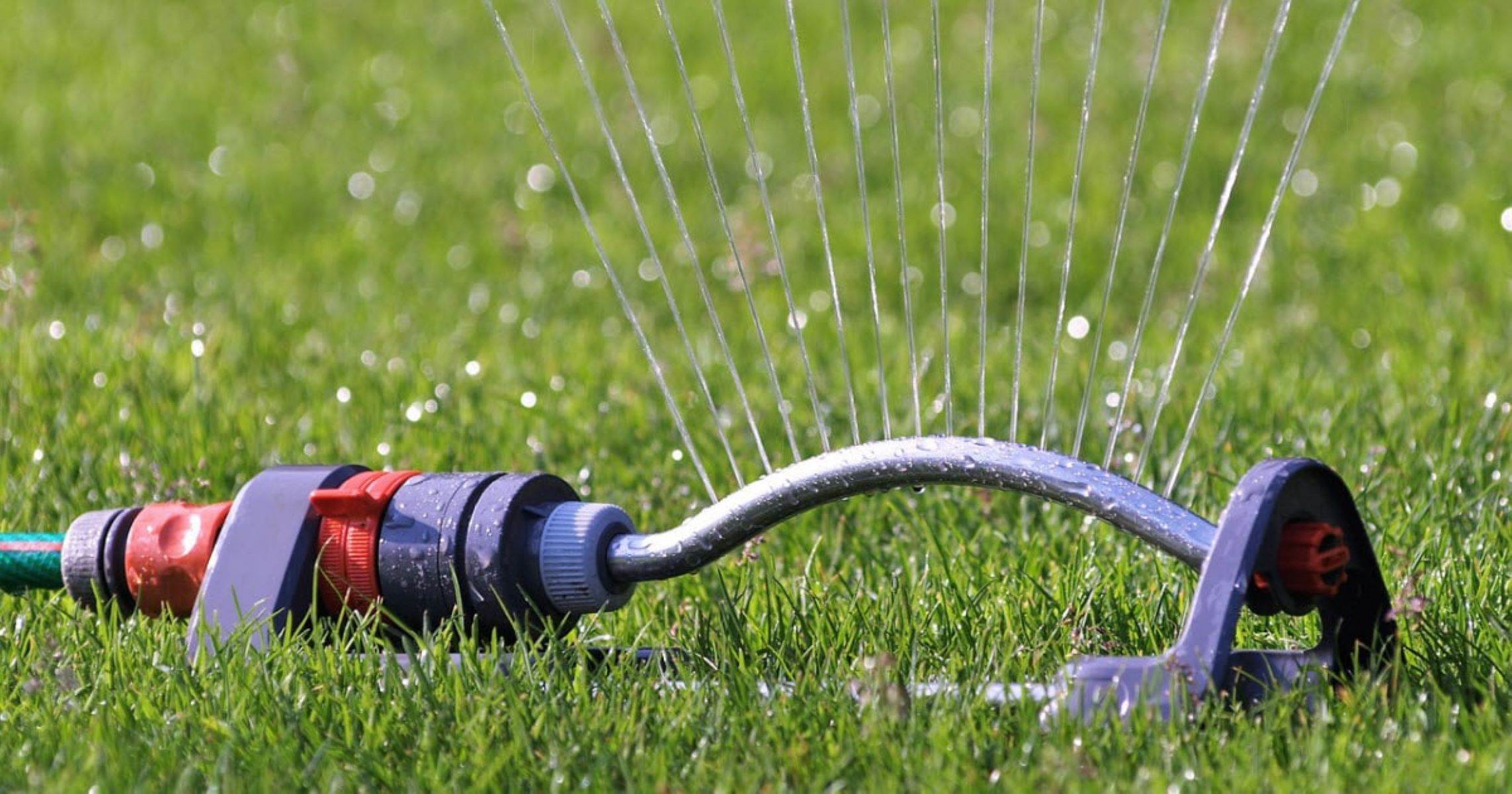

Landscaping Ideas
How Long To Water Your Grass
Modified: February 18, 2024
Learn the best watering practices for your grass with our expert landscaping ideas. Find out how long to water your grass for a healthy, lush lawn.
(Many of the links in this article redirect to a specific reviewed product. Your purchase of these products through affiliate links helps to generate commission for Storables.com, at no extra cost. Learn more)
Introduction
Maintaining a lush, vibrant lawn requires more than just regular mowing and occasional fertilization. Adequate watering is a crucial aspect of lawn care that directly impacts the health and appearance of your grass. Determining the ideal duration for watering your grass is a pivotal step in nurturing a thriving lawn.
Proper watering not only sustains the visual appeal of your landscape but also fortifies the grass against environmental stressors, such as heat and drought. Understanding the factors that influence the watering duration, identifying the best times to water, and recognizing signs of overwatering or underwatering are all essential components of effective lawn maintenance.
In this comprehensive guide, we will delve into the intricacies of watering duration for your grass, equipping you with the knowledge and insights needed to optimize your lawn care routine. Whether you are a seasoned gardener or a novice homeowner, mastering the art of watering your grass will elevate the allure of your outdoor space and cultivate a resilient, verdant lawn.
Key Takeaways:
- Determine the ideal watering duration by considering factors like grass type, soil composition, and weather conditions. Customizing watering based on grass response and type promotes a healthy, resilient lawn.
- Prioritize morning watering to optimize water absorption and minimize the risk of fungal diseases. Recognize signs of overwatering and underwatering to fine-tune your watering regimen for a vibrant, thriving lawn.
Read more: When To Water Your Grass
Factors Affecting Watering Duration
Several key factors influence the duration for which you should water your grass, each playing a pivotal role in determining the optimal watering regimen for your lawn. Understanding these factors is essential for tailoring your watering practices to meet the specific needs of your grass, promoting healthy growth and sustainability.
- Grass Type: Different grass species have varying water requirements. For instance, cool-season grasses like fescue and bluegrass generally need more frequent watering but for shorter durations, while warm-season grasses such as Bermuda and Zoysia thrive with less frequent but deeper watering sessions.
- Soil Type: The composition of your soil significantly impacts water retention and drainage. Sandy soils drain water more rapidly and may necessitate shorter, more frequent watering cycles, whereas clay soils retain moisture for longer, often requiring less frequent, deeper watering.
- Weather Conditions: Environmental factors, including temperature, humidity, and wind, directly influence the rate of evaporation and water absorption. During hot and dry periods, your lawn may require more frequent and extended watering to combat moisture loss.
- Seasonal Variations: As the seasons change, so do the water needs of your grass. In the heat of summer, your lawn may demand more water, while during cooler months, watering frequency and duration can be reduced.
- Establishment Stage: Newly seeded or sodded lawns require consistent, gentle watering to support germination and establishment. As the grass matures, adjusting the watering duration becomes necessary to accommodate its evolving root system and resilience.
- Slope and Drainage: The topography of your lawn influences water distribution. Sloped areas may require shorter, more frequent watering to prevent runoff, while poorly drained spots may benefit from longer, slower watering to allow for adequate absorption.
By considering these factors in tandem with the unique characteristics of your lawn, you can tailor your watering duration to meet the specific needs of your grass, fostering a resilient and visually appealing landscape.
Determining Watering Duration
Establishing the optimal duration for watering your grass involves a thoughtful approach that integrates the specific requirements of your lawn with environmental considerations. By following these guidelines, you can fine-tune your watering duration to promote healthy growth and minimize water waste.
1. Conduct a Soil Moisture Assessment: Before determining the ideal watering duration, assess the moisture level in the soil. Use a soil probe or a simple screwdriver to gauge the depth of moisture penetration. Ideally, the soil should be moist to a depth of 6-8 inches for most grass types, indicating effective hydration.
2. Perform a Watering Test: To gauge the rate of water absorption in your lawn, conduct a watering test. Set out shallow containers, such as empty tuna cans, across the watering area. Run your sprinklers for 30 minutes and measure the depth of water collected in the containers. This will help determine the amount of water your grass receives in a specific time frame.
3. Consider Evaporation and Runoff: Factors such as temperature, wind, and soil composition influence the rate of evaporation and runoff. Account for these variables when determining the watering duration to ensure that the grass receives adequate moisture without excessive loss due to environmental factors.
4. Adjust Based on Grass Response: Observe how your grass responds to watering. Signs of underhydration, such as wilting or discoloration, indicate the need for longer watering durations. Conversely, if you notice signs of overhydration, such as waterlogged soil or fungal growth, consider reducing the watering duration to prevent waterlogging.
5. Customize Based on Grass Type: Tailor the watering duration to align with the specific water needs of your grass type. Cool-season and warm-season grasses have distinct watering requirements, necessitating adjustments in watering duration to accommodate their respective growth patterns and root systems.
By integrating these strategies into your lawn care routine, you can effectively determine the optimal watering duration for your grass, fostering a resilient, well-nourished lawn that enhances the beauty of your outdoor space.
Water your grass for about 1 inch per week, either in one deep watering or multiple shorter sessions. Adjust based on weather and soil type.
Best Time to Water
Timing plays a crucial role in optimizing the effectiveness of your watering efforts, ensuring that your grass receives the maximum benefit from each watering session while minimizing water loss. By aligning your watering schedule with the most opportune times, you can enhance the health and vitality of your lawn.
Morning: The early morning hours, typically between 6 AM and 10 AM, are widely regarded as the optimal time to water your grass. During this period, the weather is usually calm, with minimal wind and lower temperatures, allowing for efficient water absorption. Additionally, morning watering provides ample time for the grass to dry before evening, reducing the risk of fungal diseases.
Midday: Watering during the midday hours is generally discouraged due to the heightened evaporation rates caused by the intense sunlight and high temperatures. Water applied during this time is prone to rapid evaporation, diminishing its effectiveness and potentially leading to water waste.
Evening: While evening watering may seem convenient, it is often discouraged as the prolonged moisture on the grass overnight can create a favorable environment for fungal growth and diseases. However, if morning watering is not feasible, evening watering after 4 PM can be an alternative, allowing sufficient time for the grass to dry before nightfall.
By prioritizing morning watering, you can capitalize on favorable environmental conditions and optimize water absorption, promoting the overall health and resilience of your grass while minimizing the risk of water-related issues.
Signs of Overwatering or Underwatering
Recognizing the signs of overwatering and underwatering is pivotal for adjusting your watering duration and frequency to meet the precise needs of your grass. By staying attuned to these indicators, you can fine-tune your watering regimen, promoting the health and vitality of your lawn.
Signs of Overwatering:
- Waterlogged Soil: Excessive watering can lead to waterlogged soil, characterized by a soggy, saturated texture and a lingering presence of water on the surface.
- Yellowing or Wilting: Overwatered grass may exhibit signs of yellowing or wilting, often resembling the symptoms of underwatering. This can occur due to the suffocation of the roots caused by waterlogged soil.
- Fungal Growth: Prolonged moisture from overwatering creates an environment conducive to fungal growth, leading to the emergence of mold, mildew, or mushrooms on the grass or soil surface.
- Reduced Root Growth: Overwatering can impede the development of a robust root system, as the roots become deprived of oxygen in waterlogged conditions, leading to stunted growth and diminished resilience.
Signs of Underwatering:
- Wilting and Discoloration: Underwatered grass may display signs of wilting, accompanied by a faded or bluish-green hue, indicating the need for adequate hydration.
- Slow Recovery: When pressed, the blades of underwatered grass may take longer to rebound to an upright position, signaling a lack of turgidity due to insufficient water uptake.
- Thinning and Browning: Prolonged underwatering can lead to thinning of the grass canopy and the development of brown, dry patches as the grass struggles to maintain its vigor in the absence of adequate moisture.
- Soil Dryness: Dry, crumbly soil that appears visibly parched and lacks moisture indicates a need for increased watering to support the grass’s hydration needs.
By discerning these telltale signs, you can adjust your watering duration and frequency to align with the specific needs of your grass, fostering a resilient, verdant lawn that flourishes under optimal hydration.
Read more: How Long To Water Grass With A Sprinkler
Conclusion
Nurturing a thriving, verdant lawn hinges on mastering the art of watering, including determining the optimal watering duration to meet the unique needs of your grass. By considering factors such as grass type, soil composition, weather conditions, and seasonal variations, you can tailor your watering regimen to foster healthy growth and sustainability.
By conducting soil moisture assessments, performing watering tests, and observing your grass’s response, you can fine-tune the watering duration to align with the precise hydration requirements of your lawn. Additionally, prioritizing morning watering and remaining vigilant for signs of overwatering or underwatering empowers you to optimize the health and resilience of your grass while minimizing water waste and potential issues.
As you embark on your journey to cultivate a vibrant, thriving lawn, remember that the key to successful watering lies in striking a harmonious balance that sustains the beauty of your landscape while conserving water resources. By integrating these insights into your lawn care routine, you can embark on a fulfilling and rewarding endeavor, nurturing a resilient, visually captivating lawn that serves as a testament to your dedication and horticultural prowess.
With a thoughtful and informed approach to watering duration, you can transform your outdoor space into a lush, inviting haven that enriches your daily life and captivates the admiration of all who behold its natural splendor.
Frequently Asked Questions about How Long To Water Your Grass
Was this page helpful?
At Storables.com, we guarantee accurate and reliable information. Our content, validated by Expert Board Contributors, is crafted following stringent Editorial Policies. We're committed to providing you with well-researched, expert-backed insights for all your informational needs.
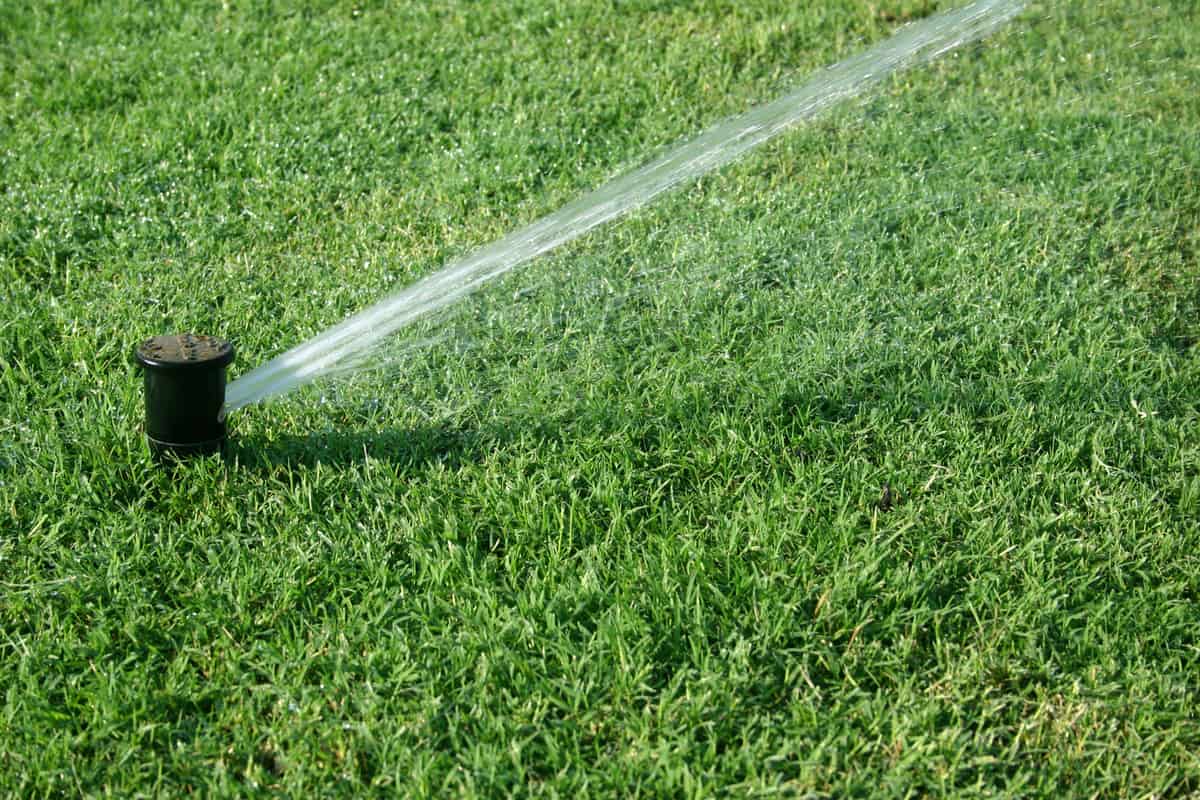
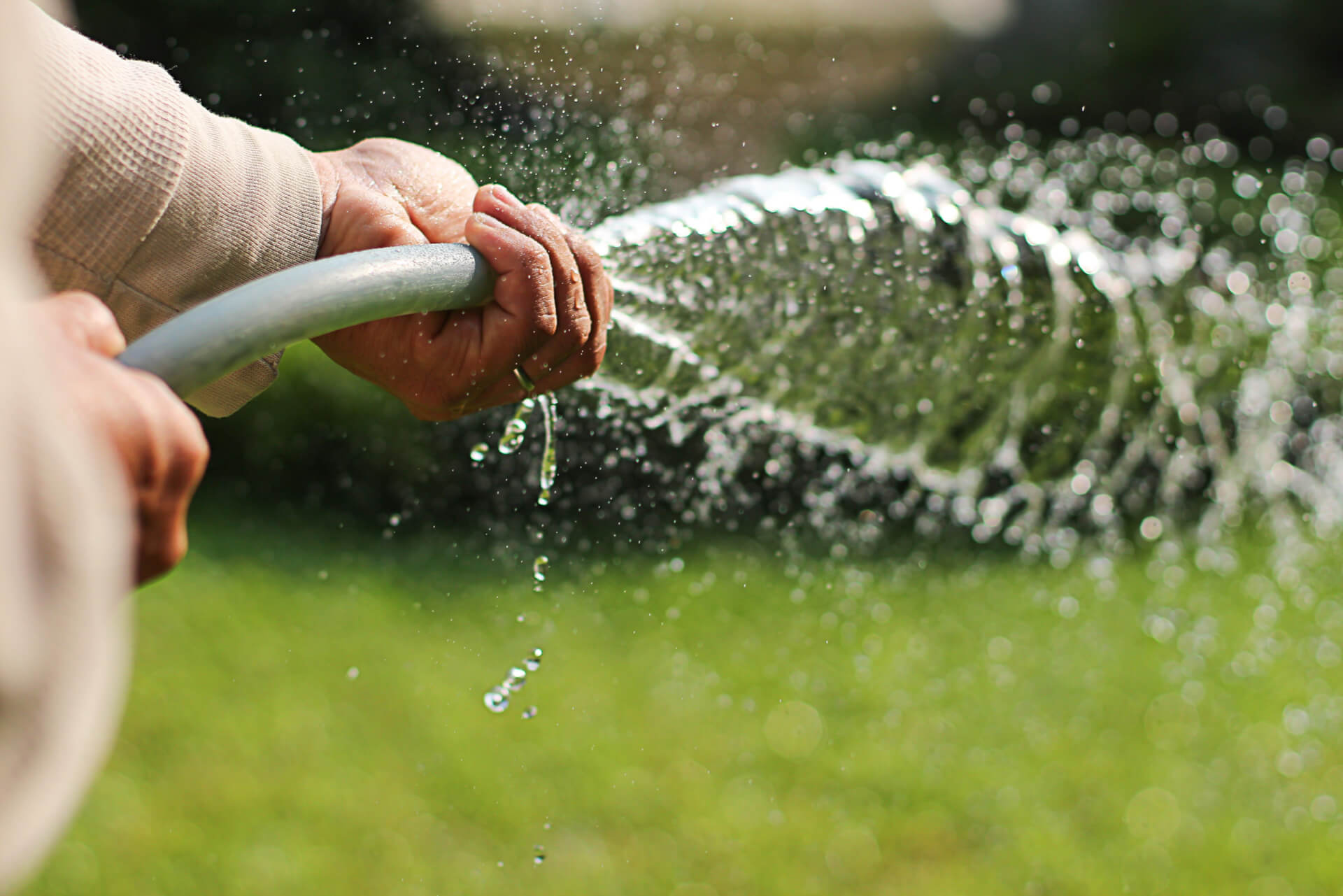
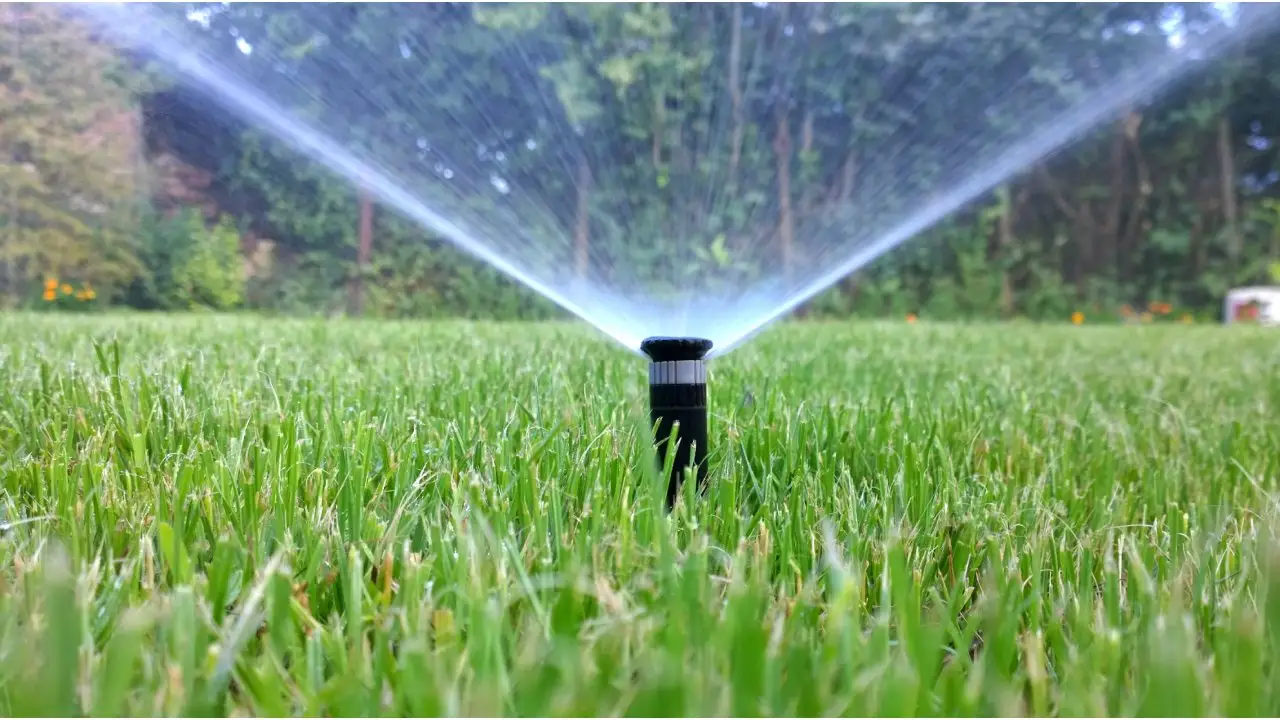
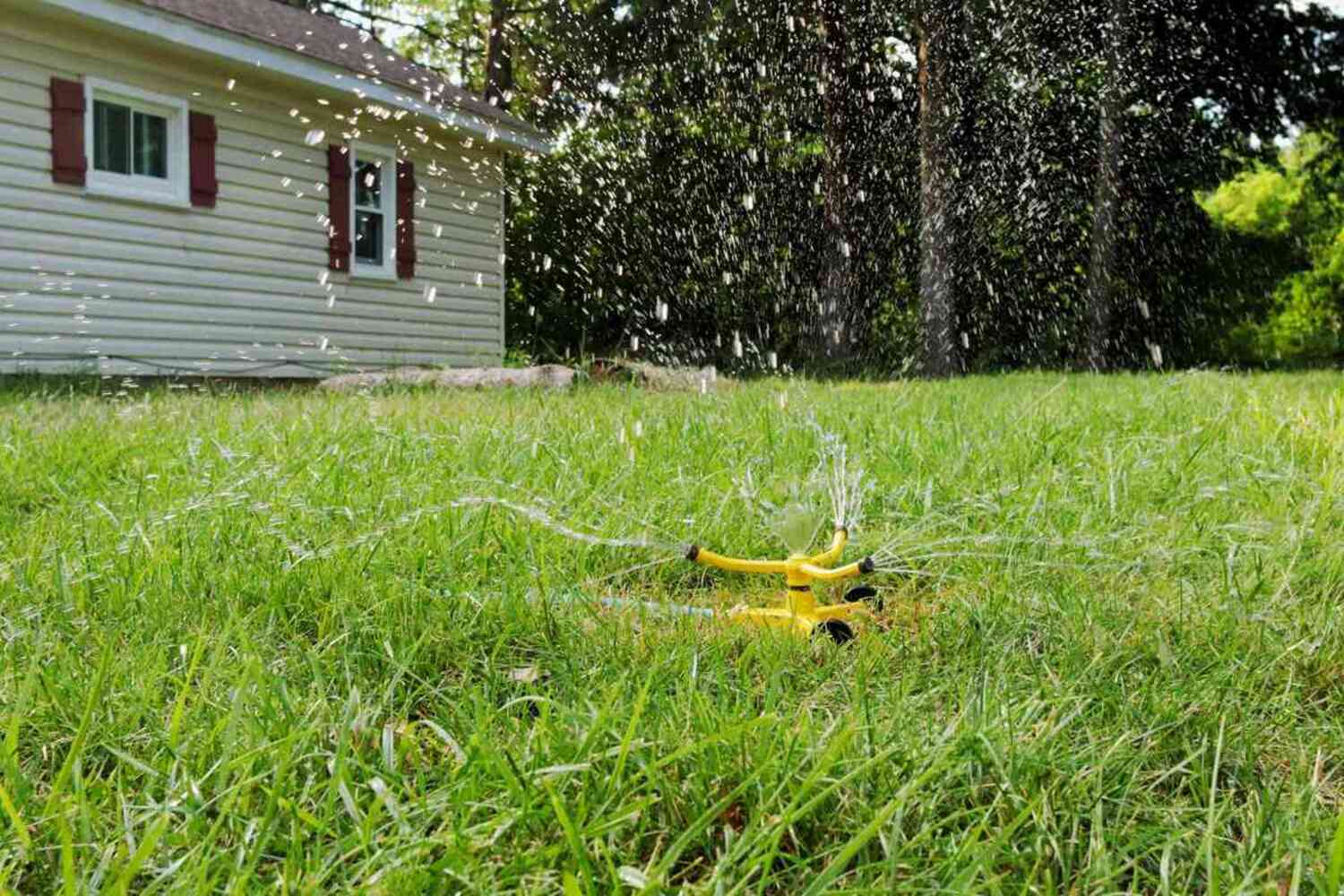
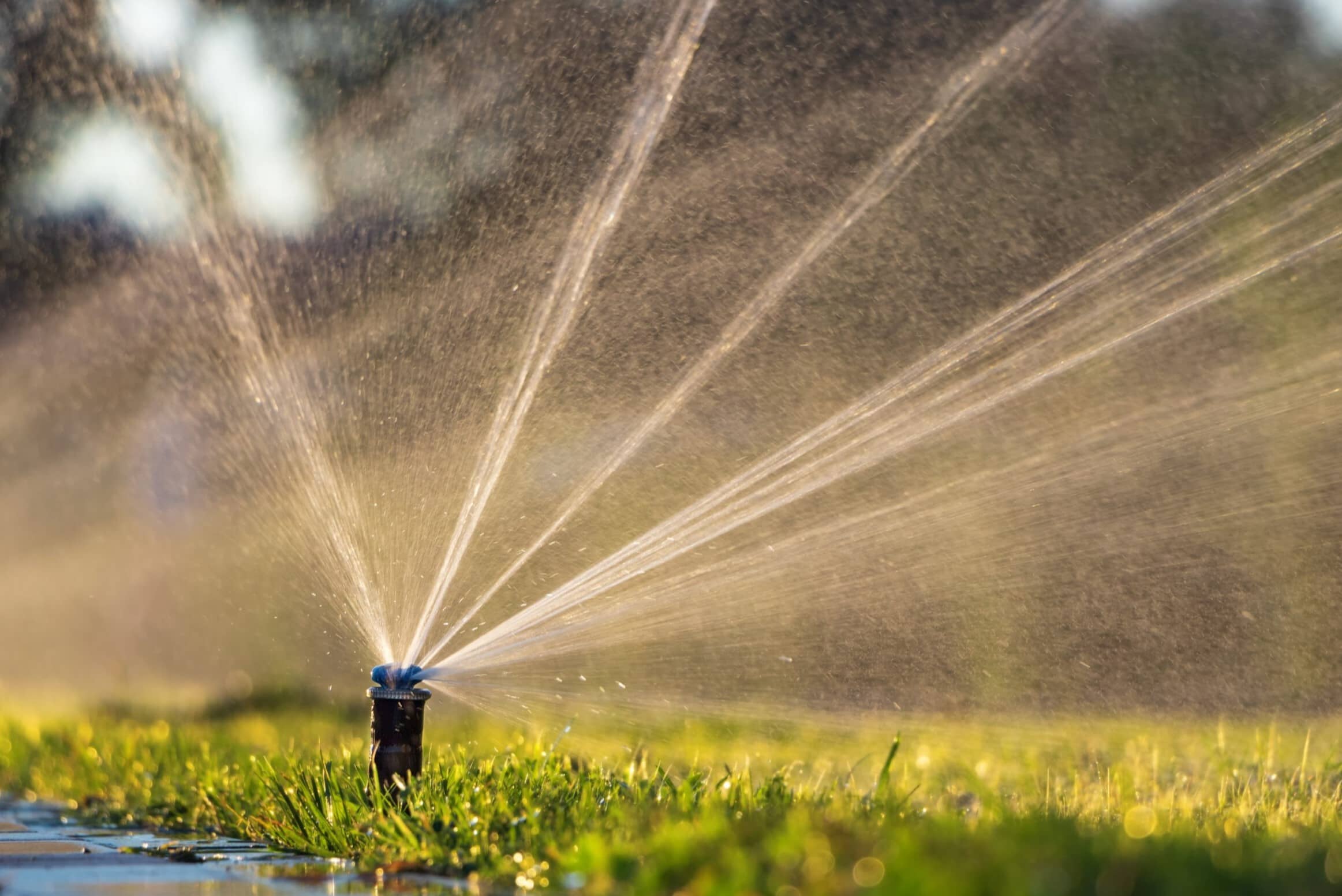
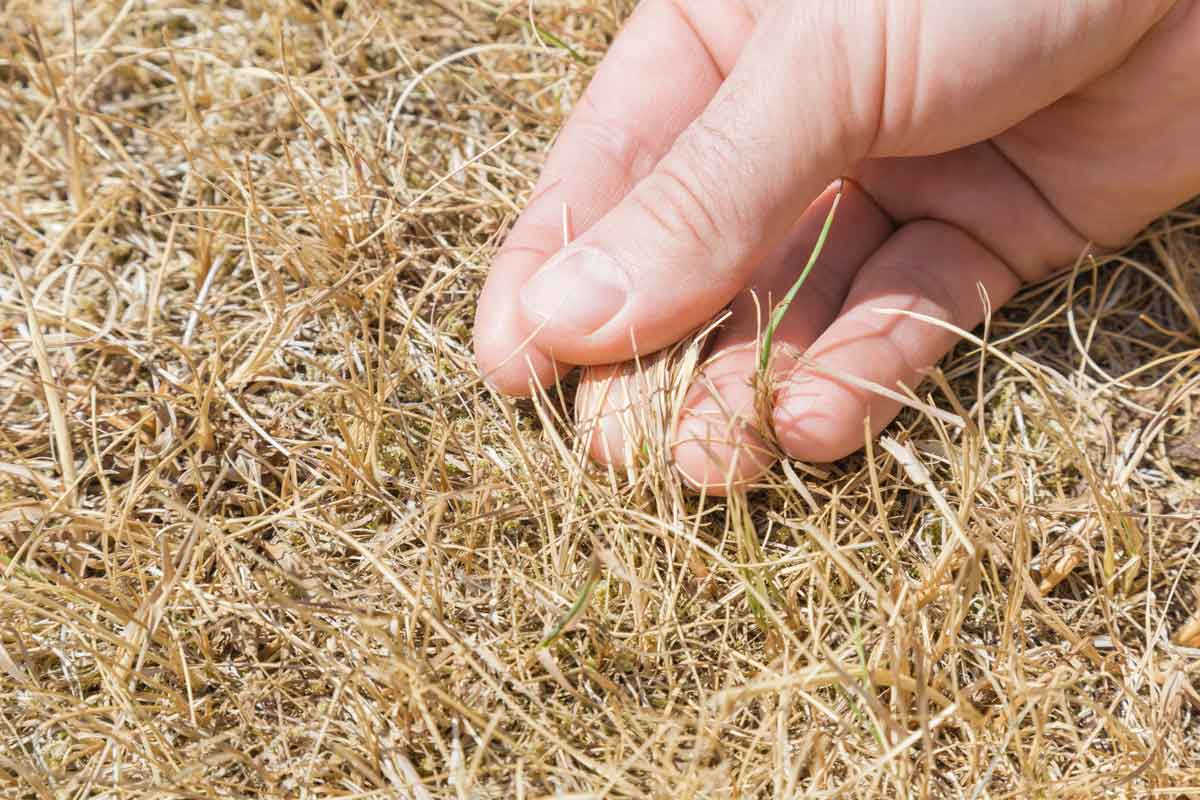
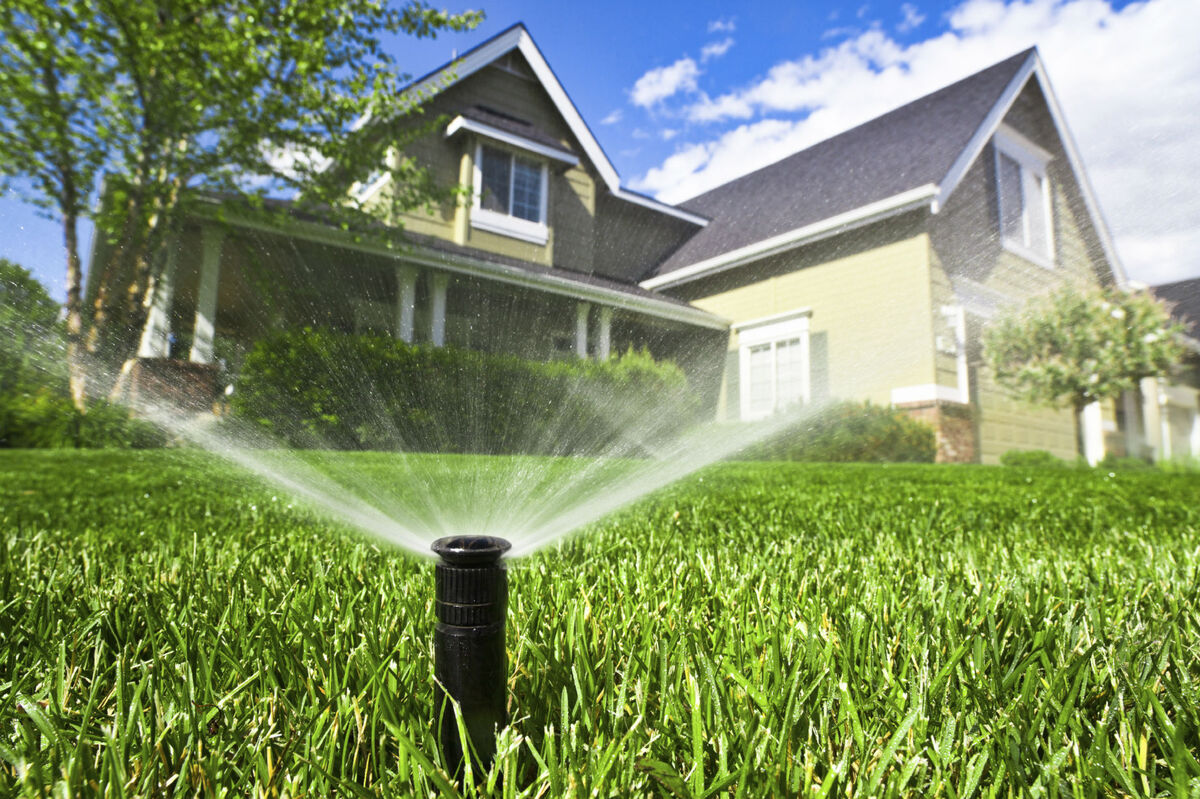
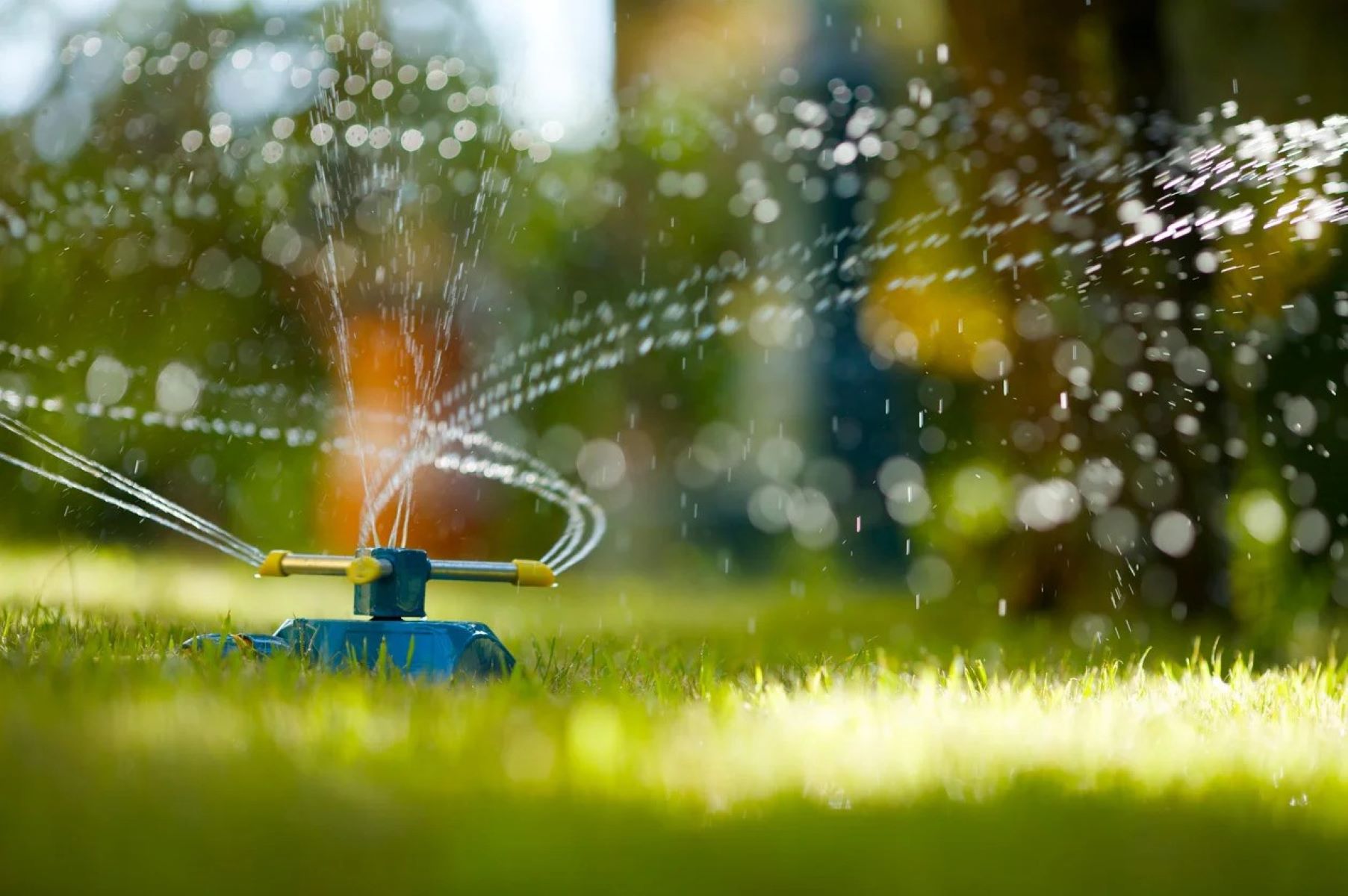
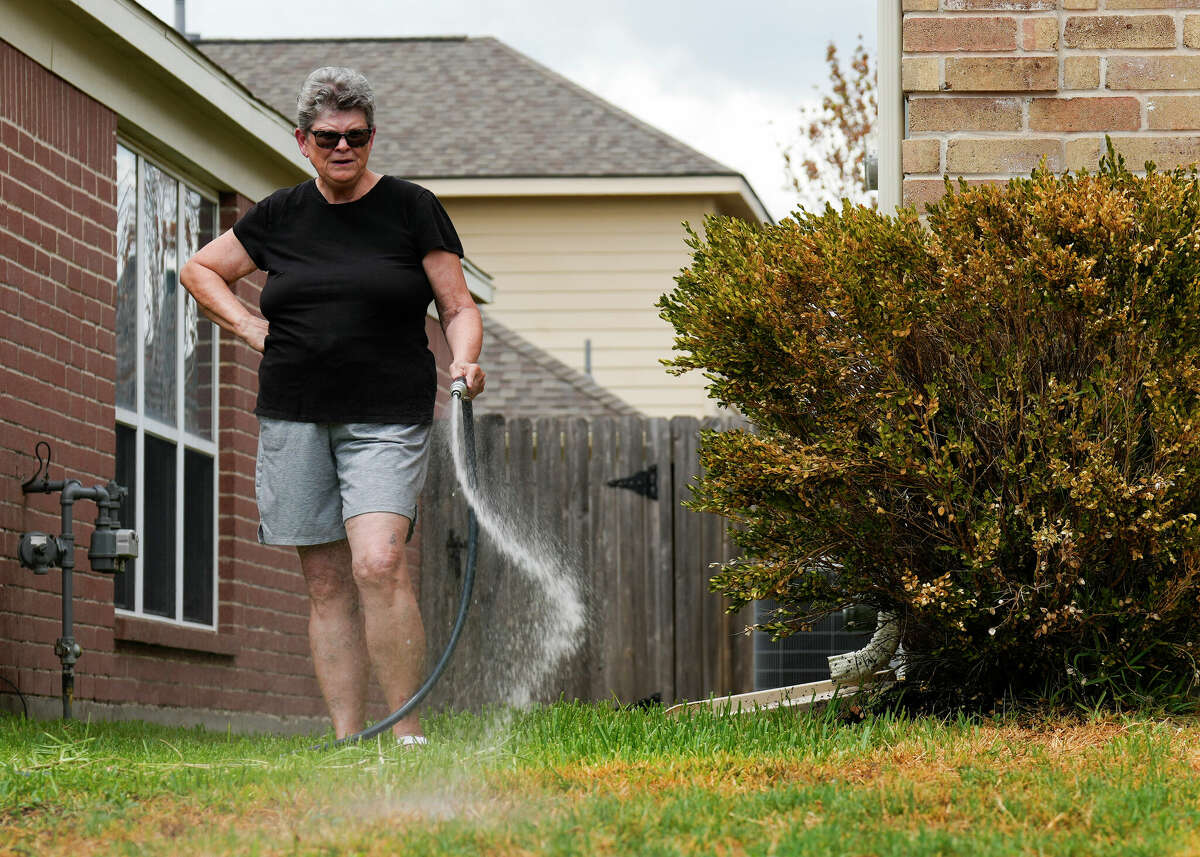
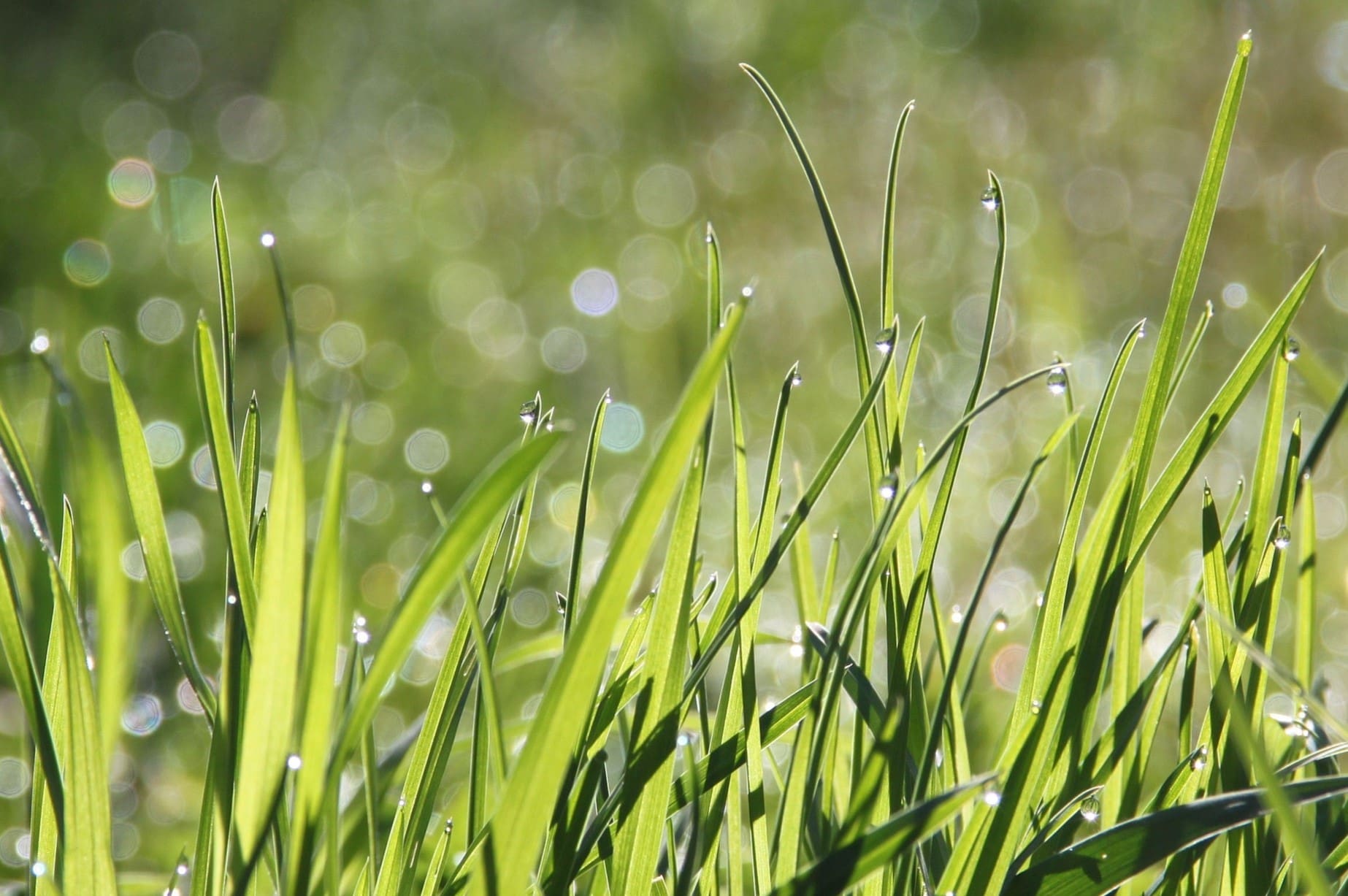
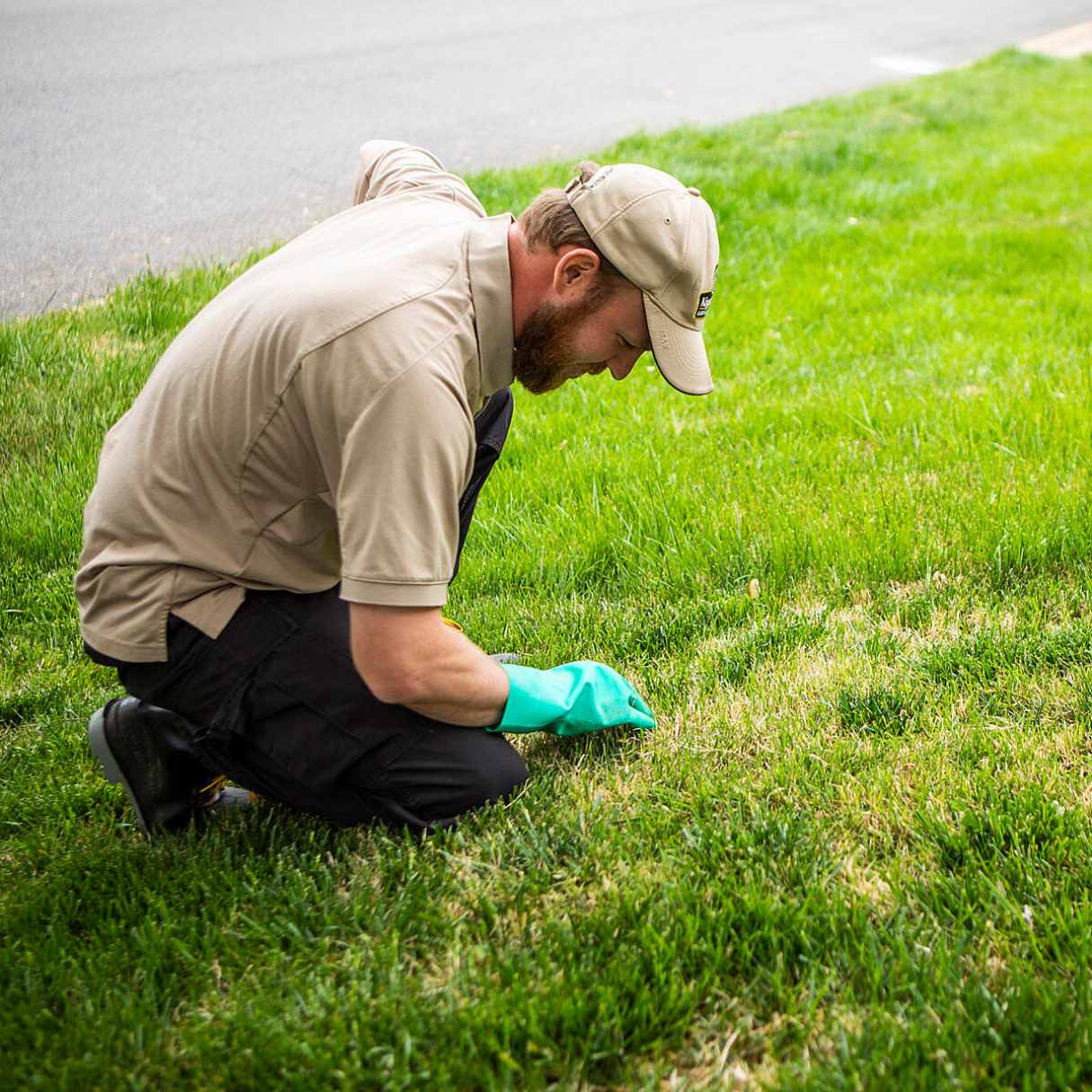
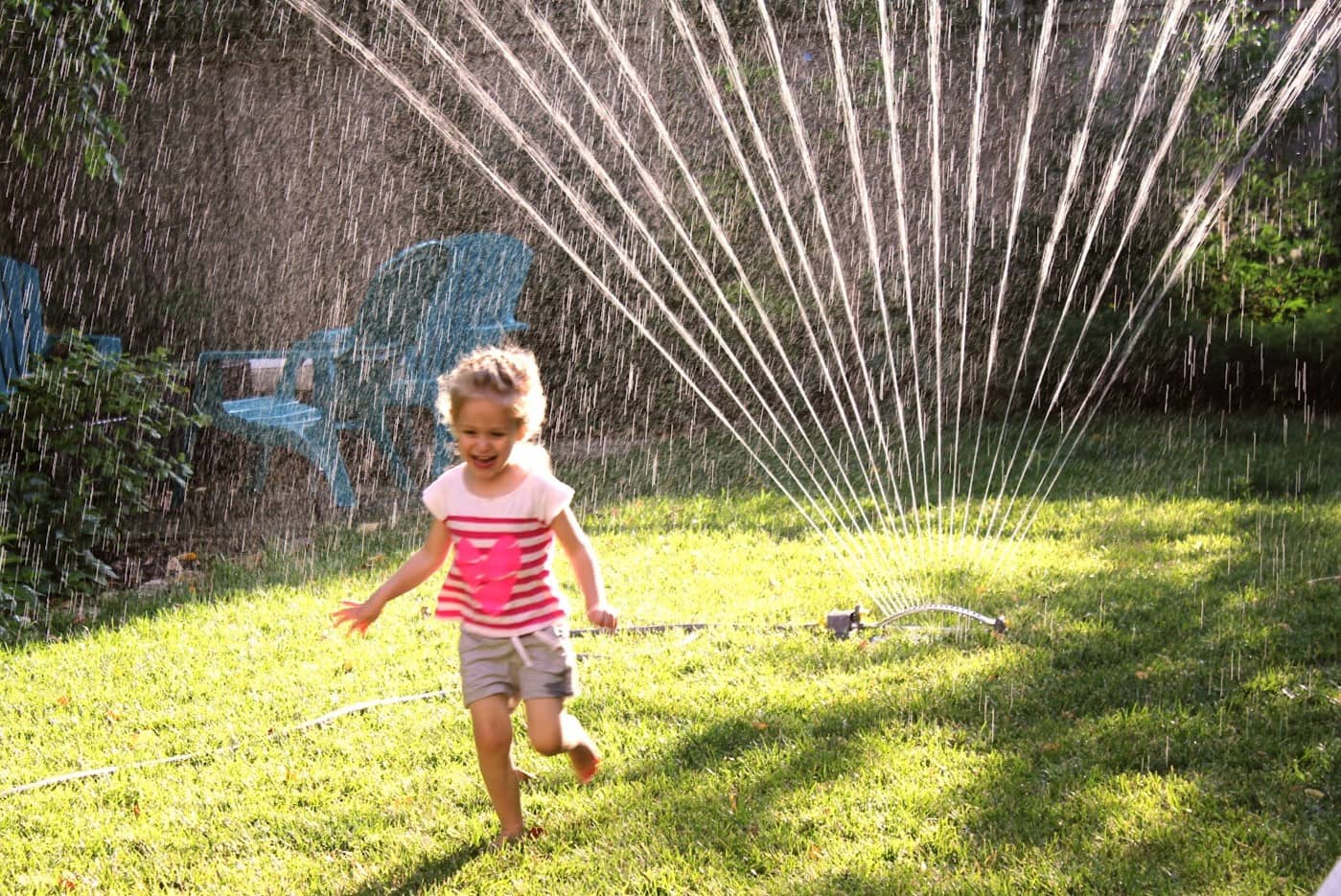
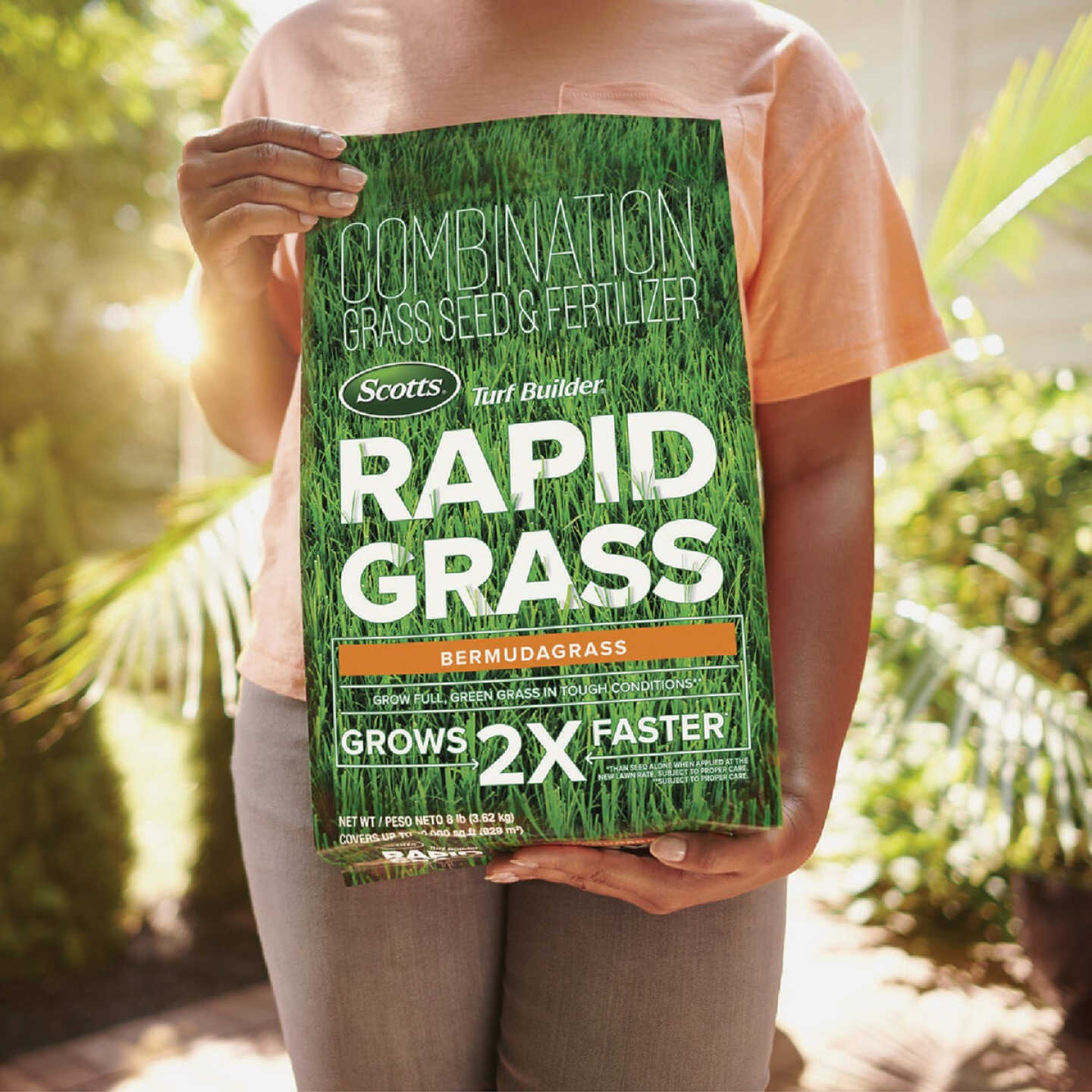
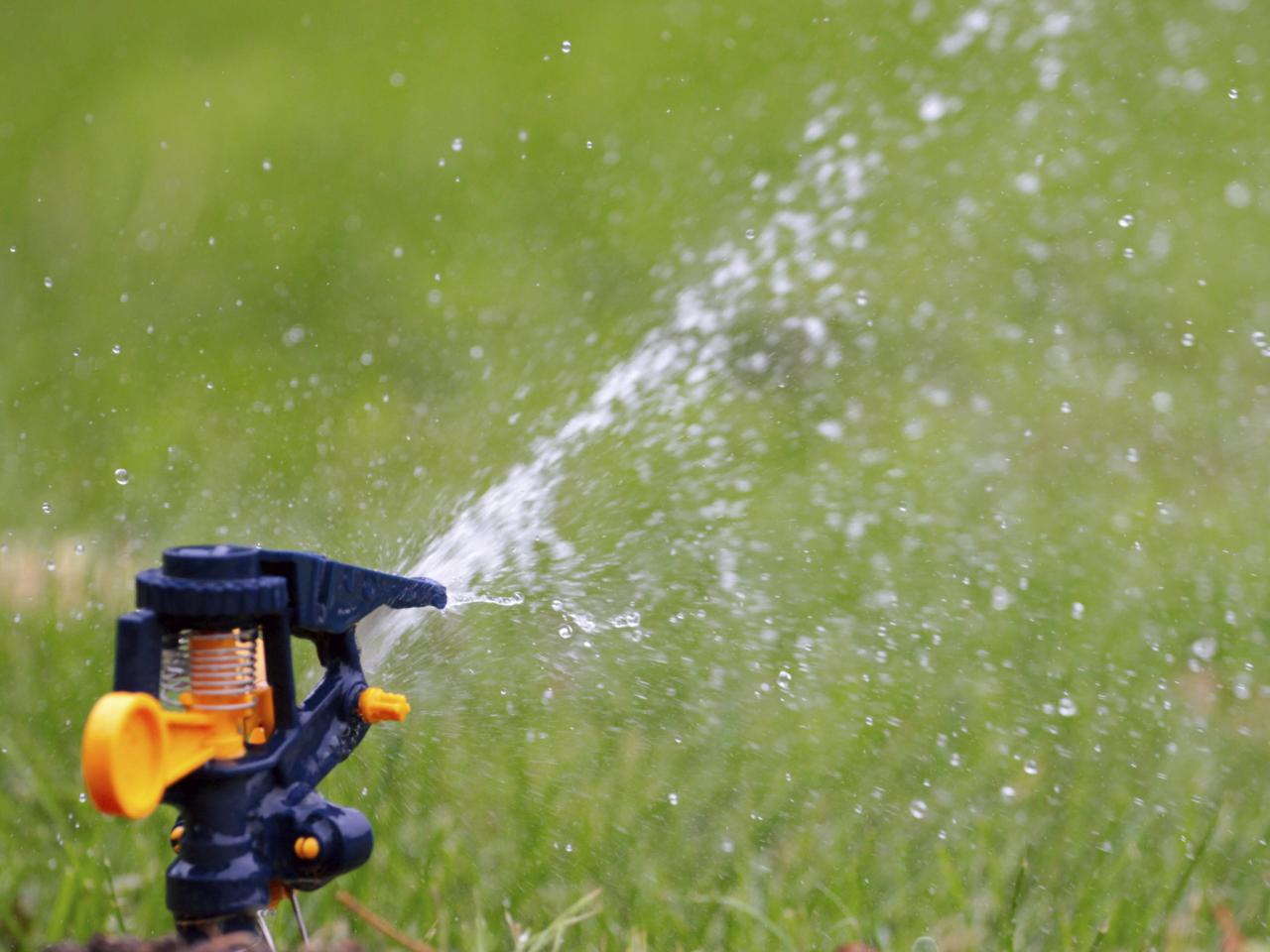

0 thoughts on “How Long To Water Your Grass”